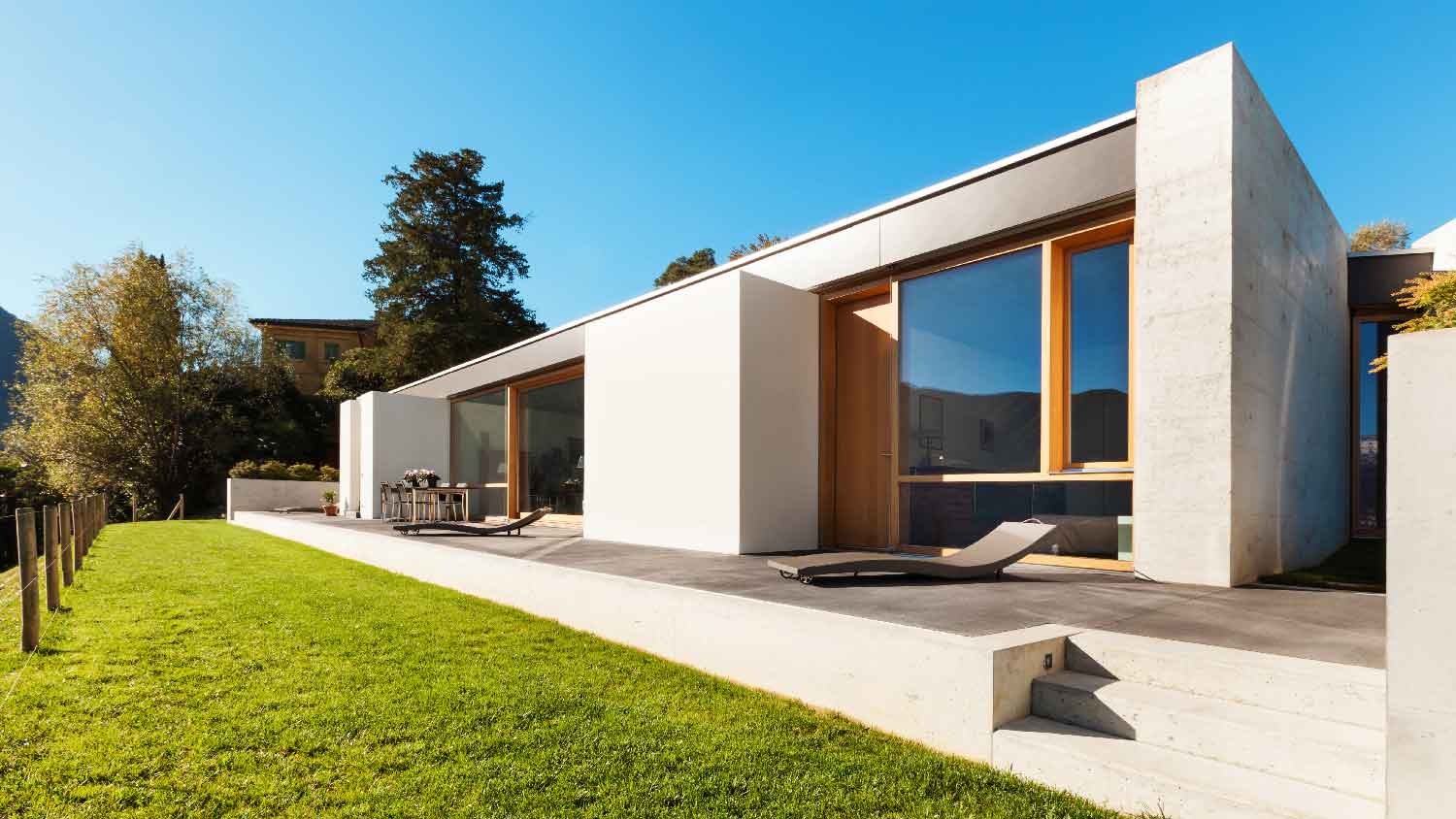
Log cabin costs vary depending on the size of the cabin, the location, and the cabin style. This guide will help you figure out the true cost of a log cabin.
Shoe molding is a decorative, yet functional, baseboard finisher


Shoe molding is a slender trim added to the bottom of existing baseboards.
The three main types of shoe molding are wood, MDF, and polystyrene.
Using shoe molding looks good and protects your walls and baseboards against dirt, dust, and grime.
Shoe molding is often confused with quarter round, but the two are fairly different in application and final look.
Adding shoe molding costs between $0.16–$4.00 per linear foot on average.
Sometimes baseboards get the job done on their own, but many homeowners choose to install shoe molding, a finishing trim designed to seamlessly blend baseboards into the floor. Shoe molding is a cost-effective, simple solution to a common problem many homeowners face as their homes start to age and settle.
Learn more about this product, its benefits, and how to install it.
Shoe molding is a slim baseboard supplement that’s added to the bottom of baseboards to close the gap between the wall and the floor. Because most flooring isn’t perfectly level, especially in older homes, shoe molding can create a clean, sealed finish at the bottom of baseboards. It’s especially necessary if you have wood flooring, which requires expansion space at the wall.
Shoe molding is more flexible than baseboards, meaning it can more easily cover the transitional gaps between the wall and the floor. This provides a functional (and beautiful!) finishing touch to the baseboards in your home.
On average, adding shoe molding to your baseboards costs between $0.16 to $4.00 per linear foot, depending on the type you choose.
There are three main types of shoe molding: wood, MDF, and polystyrene. Each one differs in its durability and price.
Wood shoe molding, including oak, pine, and walnut, is the best choice when trying to match shoe molding to unpainted baseboards. It’s also extremely durable, long-lasting, and can easily be stained or painted as styles change. But wood shoe molding is the most expensive option, costing an average of $0.50 to $4.00 per linear foot.
Medium Density Fiberboard (MDF) shoe molding is made out of bonded sawdust, which is known for its durability. On its own, it’s not very pleasing to look at so it’ll require a stain or paint. It’s more affordable than wood at $1 to $1.20 per linear foot.
Polystyrene is not as durable as MDF or wood, but it is the least expensive option at $0.16 to $0.36 per linear foot. But know that polystyrene shoe molding needs to be painted, which is an additional cost.
Quarter round is simply a 1/4-inch cut of a wooden dowel, just as the name implies. Shoe molding comes in more shapes and styles than quarter round, which only comes in one size: a rounded quarter.
They’re both similar in functionality and are go-to solutions to many of the common problems with trims and moldings. But, most homeowners find shoe molding more aesthetically pleasing than quarter round as it can be used in a wide variety of applications and cut in nearly any type of way.
The flexibility of shoe molding allows carpenters to truly customize the style of a baseboard in a way that quarter round doesn’t allow for.

There are many reasons why homeowners choose to add shoe molding to their baseboards.
It’s rare that a home’s flooring is completely flat, but walls always are. Because of this, gaps between flooring and baseboards are very common. Shoe molding helps cover those gaps and gives the baseboards and streamlined, finished look.
Gaps aren’t just unsightly, they’re also not good for your home. These gaps leave room for insects, dust, and dirt to get caught and become nearly impossible to clean. With shoe molding, those gaps are covered, further protecting your home.
Shoe molding can help you update your space without having to pay the cost of completely replacing your baseboards. Shoe molding can be more easily replaced, painted, or updated as necessary to match the baseboards you already have. Plus, it may help your home’s resale value down the road.
For a professional opinion, consider working with a baseboard installer near you. They can help choose the right material, expedite the process, and ensure a perfect end result.
From average costs to expert advice, get all the answers you need to get your job done.

Log cabin costs vary depending on the size of the cabin, the location, and the cabin style. This guide will help you figure out the true cost of a log cabin.

The cost to build a brick house is high, but the aesthetic and durability can be well worth the investment if you’re looking for something unique.

Find out the average cost to repair a greenhouse, key price factors, and ways to save. Get transparent estimates to plan your greenhouse repair project confidently.

If you are wondering what is builder grade when it comes to renovations, we share the differences and pros and cons every homeowner should know.

Concrete is a more durable building material than lumber. Learn how much a concrete house costs to build and what factors may affect your pricing.

Building a wheelchair ramp for your home or residential business can offer vital accessibility. Learn how to build a wheelchair ramp with this DIY guide.